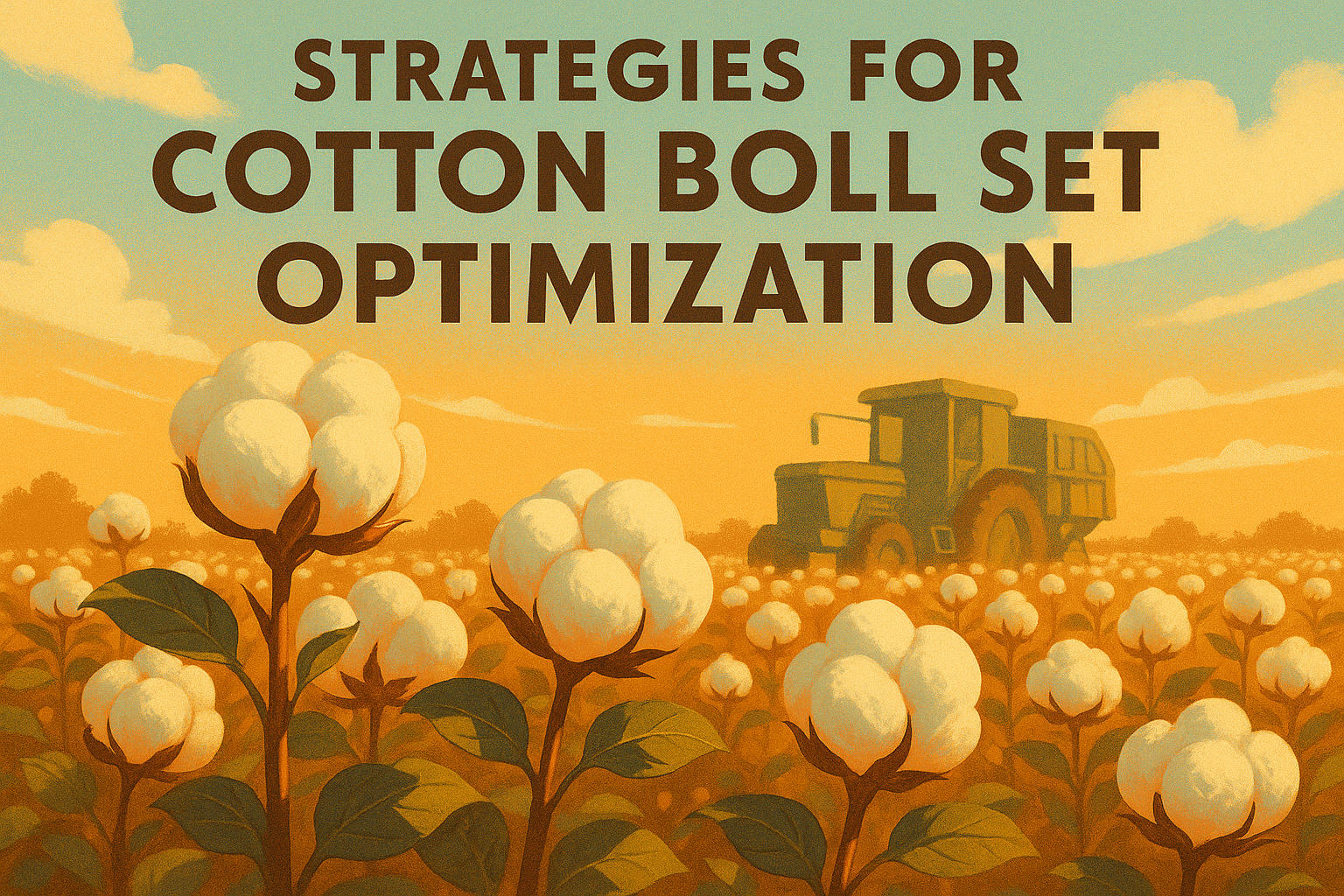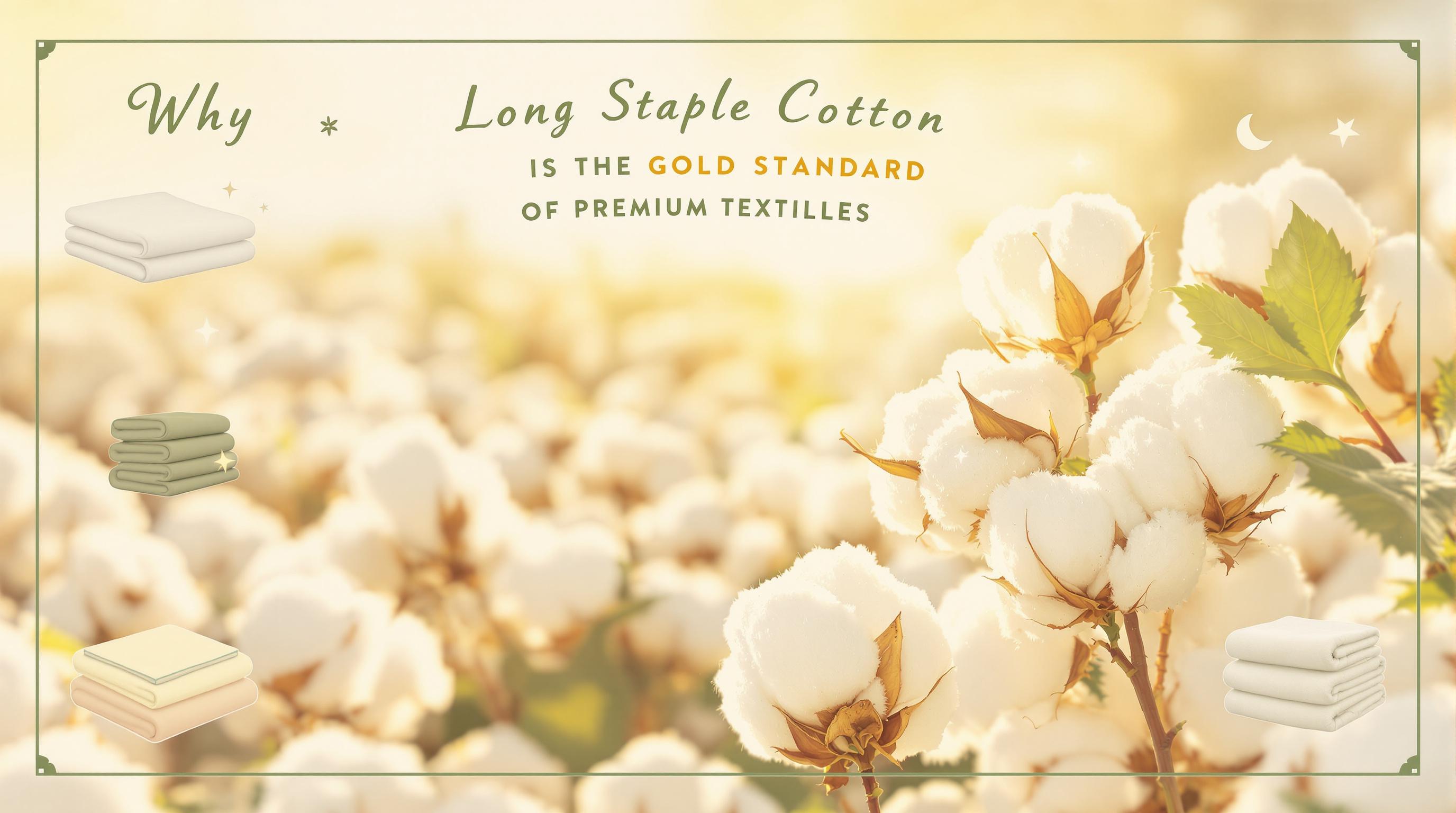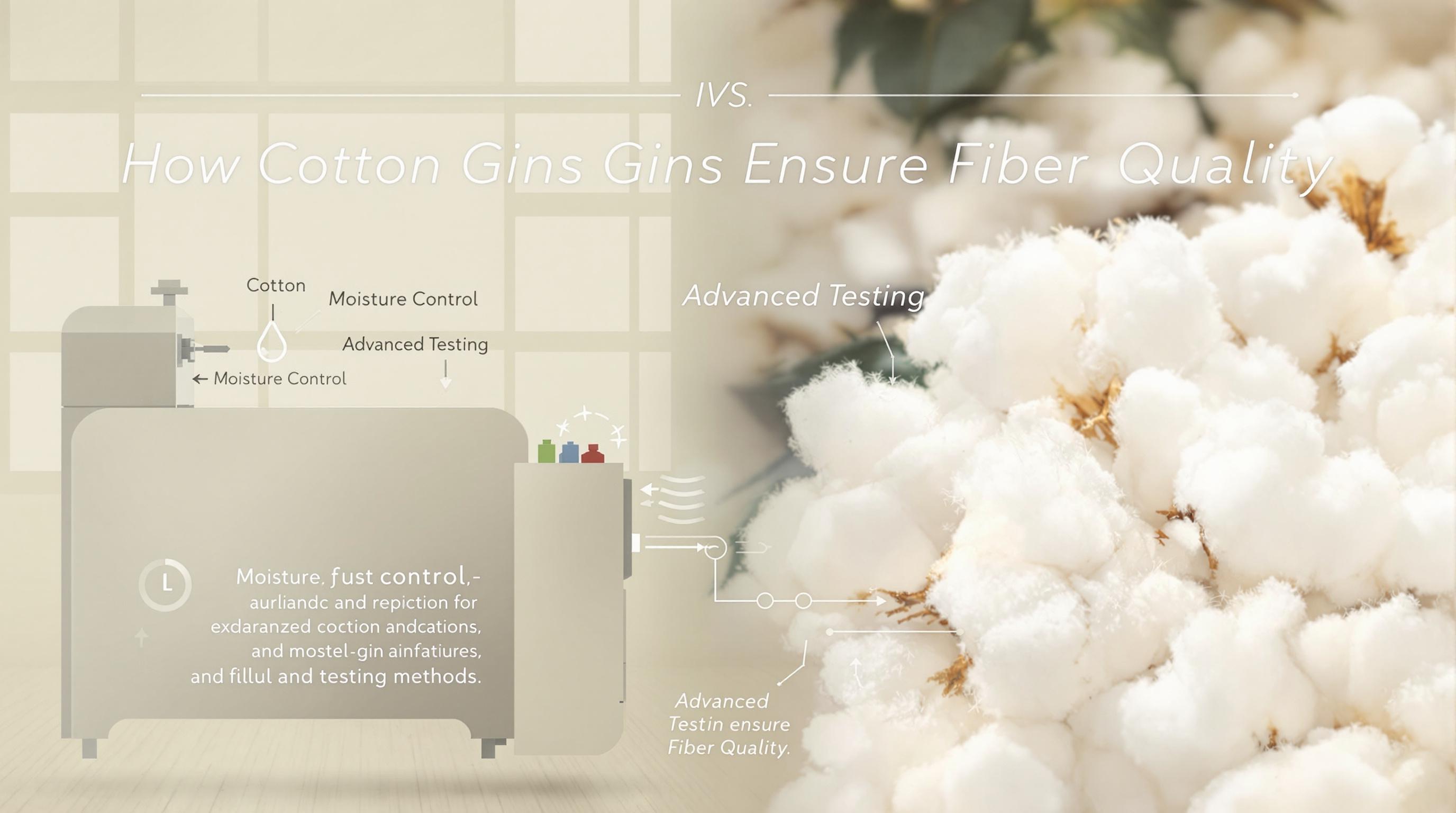Executive summary (TL;DR)
- Embrace the positive environmental role of cotton farming through natural biodegradability and soil-enhancing rotations—supports biodiversity while providing renewable fibers that decompose in months, unlike plastic's centuries-long pollution.
- Cotton offers breathable, hypoallergenic benefits for consumers and creates rural jobs; it outperforms plastic by avoiding microplastic shedding that harms oceans and health, with farming practices boosting carbon sequestration up to 0.5 tons/acre.
- Adopt mitigation like drip irrigation to amplify cotton's eco-advantages; it cuts water use 50% while yielding premium, sustainable lint that commands 20% higher prices over synthetic alternatives.
Related Post: For more on sustainable practices, check out our post on The Complete Guide To Sustainable Cotton Farming.
Cotton stands as a natural powerhouse—renewable, versatile, and far kinder to the planet than the plastic alternatives choking our oceans and landfills. Sure, every crop has its footprint, but cotton's benefits shine when you stack it against synthetics: Biodegradable fibers that nurture soil, support wildlife, and deliver real value without the toxic legacy. For seasoned growers like us, leaning into cotton's positive environmental role isn't just good stewardship—it's smart business that keeps our operations thriving and markets preferring natural over plastic.
We're celebrating cotton here, assuming you've got your basics like IPM and rotations locked in. This is about highlighting the upsides and smart tweaks, backed by data from USDA reports, Cotton Incorporated studies, and extension trials from Texas A&M to California. I'll pull from those, share why cotton outperforms plastic, and give you the tools to amplify its eco-edge on your farm. No downplaying, just the facts to position cotton as the superior choice.
Cotton's Natural Biodegradability: A Win Over Plastic Persistence
Cotton breaks down naturally—composting in 5-6 months under soil conditions, per EPA studies, returning nutrients without harm. Plastic? Synthetics like polyester linger 200-500 years, fragmenting into microplastics that pollute 70% of marine life, WWF reports.
Why cotton excels: As a plant fiber, it enriches compost, boosting soil microbes 20-30% in rotations, Rodale Institute data shows. Plastic alternatives shed trillions of particles yearly, infiltrating food chains and human health—cotton avoids that entirely.
For your farm: Harvest residue as mulch; cuts erosion 30% while feeding next crops. One Midwest grower I know mulched fields, improving yields 5-10% naturally—no plastic waste.
Consumer perk: Cotton's breathable, moisture-wicking fabrics reduce skin irritations 15-20% vs. synthetics, dermatology studies note, driving demand for natural apparel.
Water Use Efficiency: Cotton's Adaptable Advantage
Cotton uses water—2,500-3,000 liters/kg fiber, but efficient practices like drip slash that 25-50%, Arizona extension shows, often less than plastic's hidden footprint from oil extraction (up to 6,000 liters/kg polyester, per Ellen MacArthur Foundation).
Cotton's edge: Rainfed systems in humid belts need zero irrigation, and breeding advances cut use 20% per bale. Plastic production guzzles non-renewable water in refining, plus pollutes with chemicals—cotton farming recharges aquifers through covers.
Mitigation: Sensor-guided drip or deficit strategies save 15-30% water, California trials confirm, while building drought resilience. Contrast plastic's oil dependency, spiking with fossil fuel scarcity.
Pro tip: Pair with legumes in rotation—fixes N, conserves water 10-20%. Boosts your eco-story for markets that favor sustainable cotton over polluting synthetics.
Soil Health Benefits: Cotton Builds What Plastic Depletes
Cotton rotations with covers add organic matter 1-2% yearly, enhancing structure and cutting erosion 40%, per NRCS. Plastic? Synthetics derive from finite oil, offering no soil return—manufacturing emits 3x CO2 vs. cotton growth, ICAC estimates.
Why superior: Cotton sequesters 0.5-1 ton C/acre, USDA says, turning farms into carbon sinks. Plastic contributes to degradation through microplastics that kill soil life 20-30%, studies show.
Strategies: No-till cotton preserves tilth, boosting yields 10% long-term, Oklahoma State. Avoids plastic's non-biodegradable waste piling in landfills.
For growers: Residue management enriches—I've seen ops bank on improved soil for consistent 3-bale averages, no synthetic crutches.
Biodiversity Support: Cotton's Habitat Harmony
Cotton fields with borders host 20-30% more species than monocrops, Biodiversity International reports, drawing pollinators that cut pest needs 15%. Plastic production? Destroys habitats through oil drilling, with microplastics harming 80% marine species, WWF.
Cotton's plus: Natural pest controls like beneficials thrive, reducing sprays 20-30%. Synthetics lack this cycle, relying on chemicals that amplify resistance.
Enhance: Hedgerows boost birds/bees 25-50%, UC Davis—natural IPM. Beats plastic's sterile supply chain.
Consumer link: Eco-cotton supports wildlife, appealing to 70% buyers preferring sustainable, surveys show—your edge over plastic goods.
Reduced Chemical Load: Cotton's Cleaner Path
Organic cotton cuts pesticides 91%, EPA, fostering healthier ecosystems. Conventional improves with IPM, using 6-10% global chemicals, but targeted. Plastic? Oil-based synthetics release toxins in production/wear, microplastics in laundry pollute water 35%, studies note.
Advantage: Cotton biodegrades without residue; plastic sheds forever. Mitigation: Biopesticides are efficacious 80%, safer for water.
Table from comparative data:
| Aspect | Cotton Benefit | Plastic Drawback | Mitigation Gain |
|---|---|---|---|
| Biodegradability | Decomposes months | Centuries linger | 100% natural cycle |
| Water | Efficient drip saves 50% | High refining use | Recharge aquifers |
| Soil | Builds OM 1-2% | No return, degrades | Erosion cut 40% |
| Biodiversity | Hosts 20-30% more | Habitat destruction | Pollinator boost 25% |
| Chemicals | IPM reduces 20-30% | Toxins in production | 91% less runoff |
Off-topic: Market tools like certs add 10-20% premiums for eco-cotton over plastic blends; track with apps for audits.
Climate Contributions: Cotton's Renewable Strength
Cotton sequesters C during growth, offsetting 50% emissions with regenerative practices, ICAC. Plastic? Fossil-based, emits 5-10x more CO2 cradle-to-grave.
Cotton's role: Renewable annual crop; breeding cuts footprint 15%. Plastic ties to oil volatility, spiking costs 20-30%.
Strategies: Carbon farming with covers banks credits $10-20/ton—your buffer against regs.
A Texas farm switched regenerative farming—emissions down 40%, yields steady, outpacing plastic-dependent textiles.
Economic and Social Perks: Beyond the Environment
Cotton employs millions rurally, supporting communities where plastic factories concentrate in urban areas. Premiums for sustainable cotton are 10-30%, driving income.
Consumers: Natural comfort, no microplastic health risks—plastic linked to endocrine issues, studies show.
For growers: Eco-practices open grants, cutting costs 5-10%; tourism from biodiverse fields adds revenue.
Embracing Cotton's Positive Legacy
Cotton's positive environmental role—renewable, soil-building, biodiversity-friendly—far outshines plastic's polluting persistence. It's not perfect, but with smart strategies, it's the sustainable choice that keeps farms and the planet thriving.
Actionable Takeaways
- Water: Drip systems save 25-50%; sensors schedule.
- Chemicals: IPM/buffers cut runoff 60-80%.
- Soil: Covers/no-till build OM 1-2%, erode 40% less.
- Certify: Better Cotton gains premiums 10-20%, reduces impact 91%.


